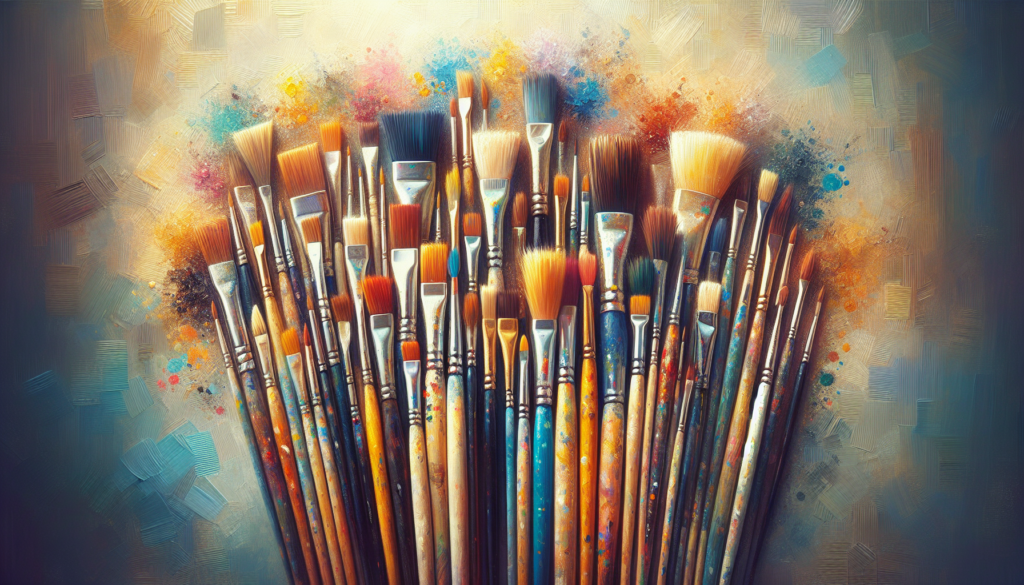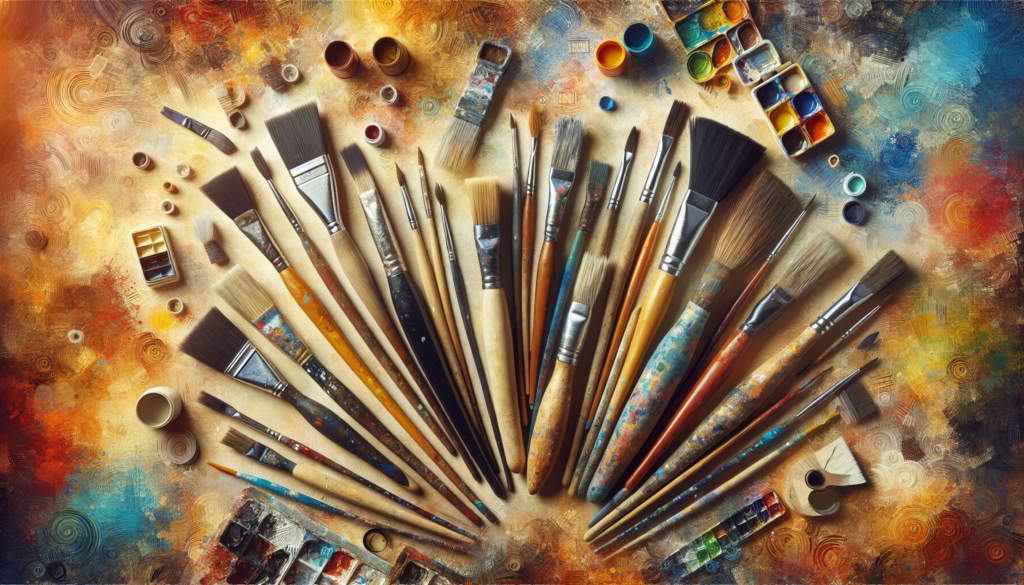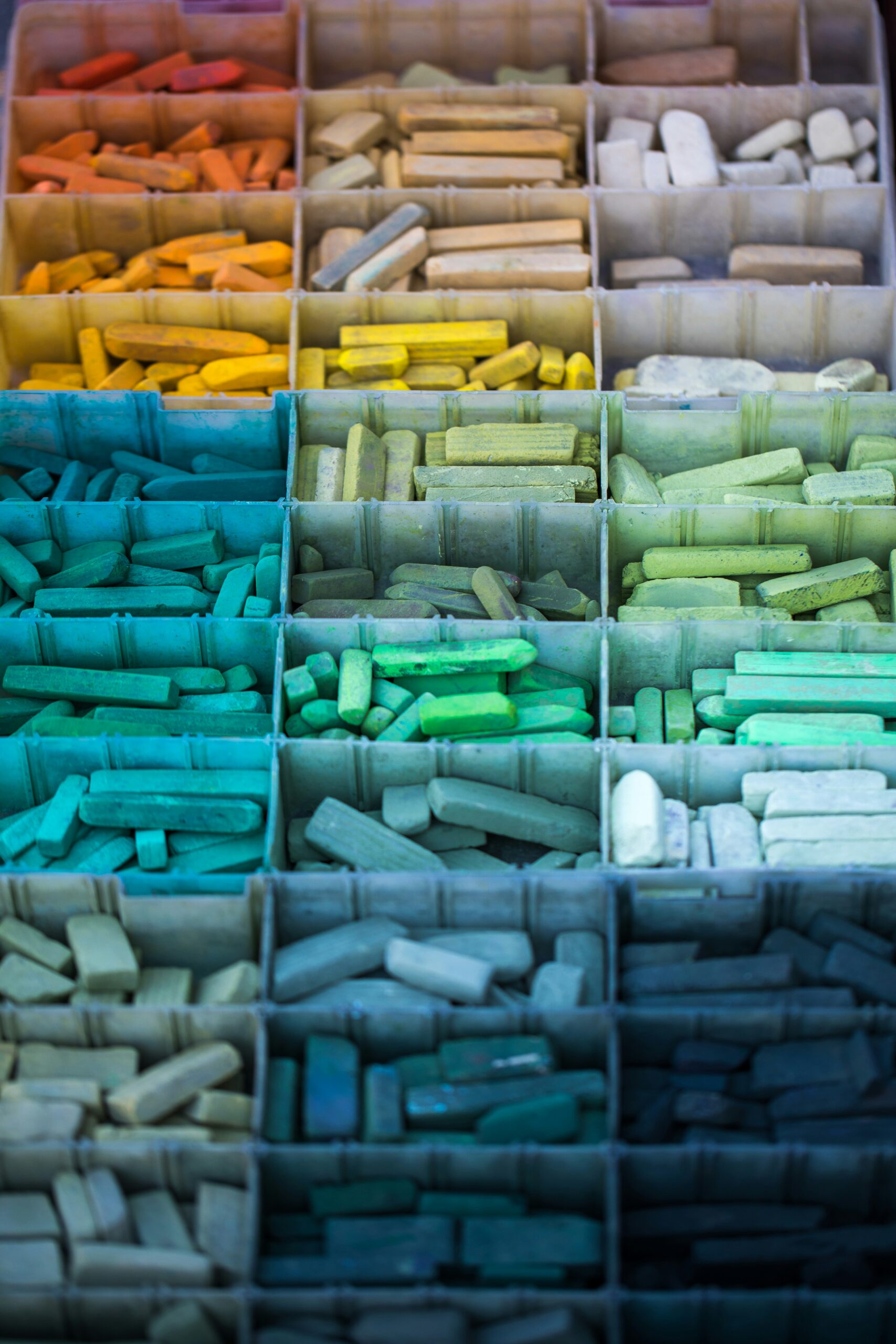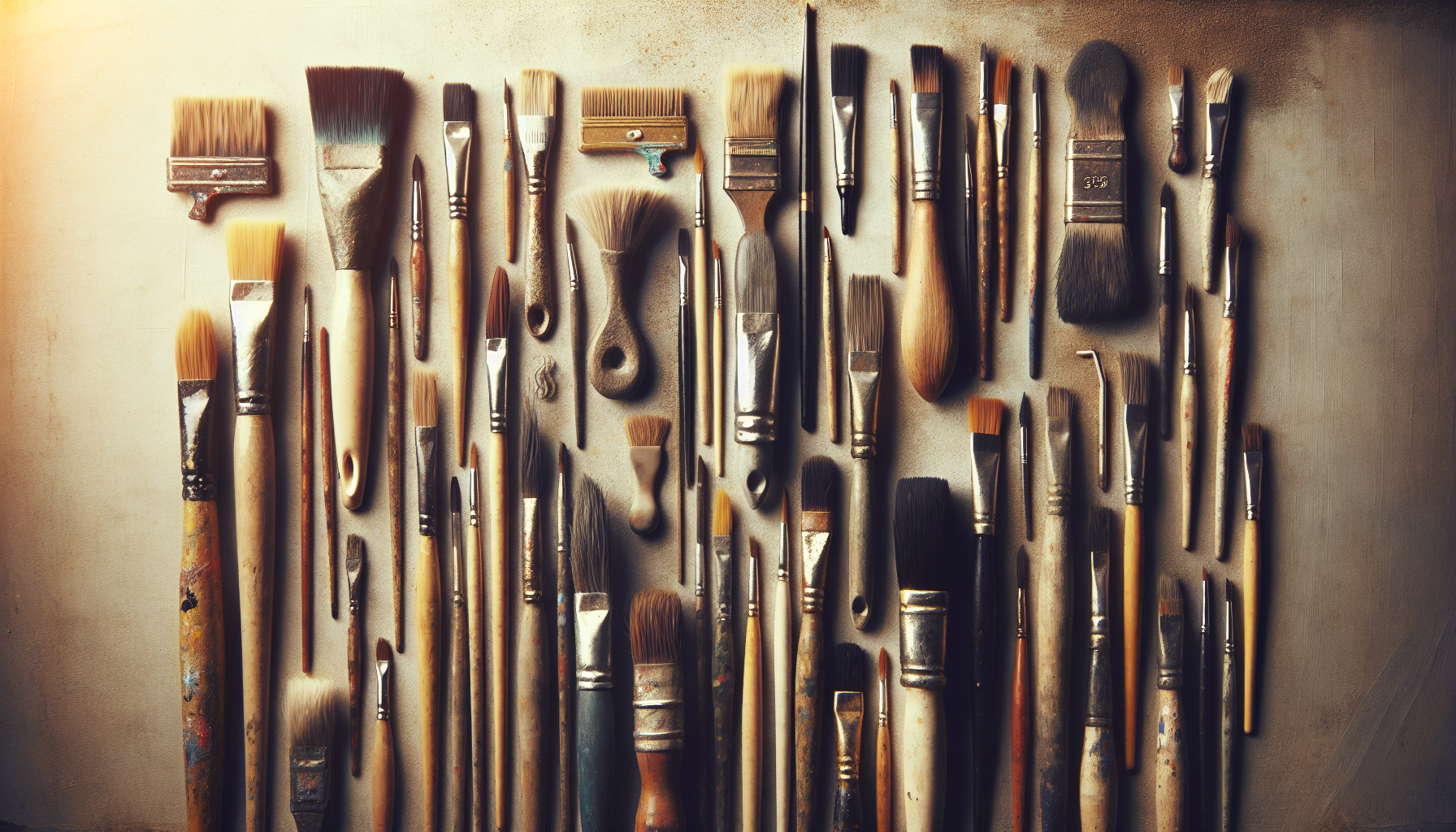Have you ever stood in the paint aisle of a hardware store, overwhelmed by the myriad of paint brushes, unsure of which is best for your painting project? Selecting the right paint brush can transform your task into a seamless and enjoyable process, or it can become a frustrating experience marked by errant brush strokes and uneven finishes. Understanding the nuances of different paint brushes is key to achieving professional results with your painting projects.
Understanding Paint Brush Anatomy
Before selecting the right paint brush, it’s important to understand the components that make up a paint brush and how they affect performance. This knowledge will help you make informed decisions based on your specific needs.
Handle
The handle is the part of the brush that you hold. It is usually made of wood or plastic and comes in varying lengths. Wood handles offer a traditional feel and are often favored by professionals for their balance and comfort over long periods. Plastic handles can be lighter and more resistant to water damage but may not provide the same level of control. When choosing a handle, consider the duration of your project and your comfort while griping it.
Ferrule
The ferrule is the metal band that connects the handle to the bristles. Its function is to secure the bristles in place and maintain the brush’s shape during use. A high-quality ferrule is resistant to rust and will hold the bristles firmly, preventing them from shedding onto your painted surface. Stainless steel or brass ferrules are often the best choices for durability.
Bristles
The bristles are the most critical part of a paint brush as they directly affect the application of paint. They can vary in material, length, and stiffness and are specifically chosen based on the type of paint or finish you are applying.
Types of Bristle Materials
Different bristle materials cater to different types of paint and surfaces. Choosing the appropriate bristle material is essential for achieving the desired finish on your painting project.
Natural Bristles
Natural bristle brushes are made from animal hair, such as hog, badger, or ox. These are best suited for oil-based paints, stains, and varnishes because they can hold more paint and provide a smoother finish. Natural bristles have a slight flagging on the ends, which helps spread the paint smoothly, making them ideal for detailed and fine finish work.
Synthetic Bristles
Synthetic brushes are typically made from nylon, polyester, or a blend of both. These brushes are excellent for water-based (latex) paints and are generally more durable when used with rough surfaces. Nylon tends to be softer, while polyester is stiffer, each providing distinct handling characteristics and finish results. For versatility, many painters opt for a blend of nylon and polyester.

Brush Shapes and Their Uses
The shape of a brush determines its utility and effectiveness for specific tasks. Understanding these shapes will enable you to choose a brush that meets the demands of your project.
Flat Brushes
Flat brushes have a straight edge and uniform bristles. They are ideal for covering large, flat surfaces because they can hold a substantial amount of paint. These brushes are great for doors, paneling, and baseboards and can create sharp edges when cutting in.
Angled Brushes
Also known as sash brushes, angled brushes have slightly slanted bristles. This design makes them perfect for cutting in along edges and reaching into corners. Angled brushes offer precise control, making them indispensable for trim work and detailed areas where tidy lines are crucial.
Round Brushes
Round brushes are cylindrical with a pointed tip, ideal for precision work such as detailing, stenciling, and artwork. They offer superior control when you need to manage the amount of paint applied to small areas.
Filbert Brushes
Filbert brushes have a rounded tip and are primarily used in decorative and artistic painting. This shape allows for both broad strokes and fine lines, making them very versatile tools for painters who need to create a variety of textures and details.
Fan Brushes
Fan brushes have a spread-out bristle arrangement resembling a fan. These are typically used in faux finishing and blending techniques. While not commonly used for wall painting, they are valuable for creating specific textures and patterns in artistic endeavors.
Matching Brush to Paint Type
Now that you are familiar with the types of bristles and brush shapes, matching the appropriate brush to the type of paint is essential for achieving the best results.
Oil-Based Paints
For oil-based paints, natural bristle brushes are generally recommended because of their ability to apply a smooth and even coat. However, high-quality synthetic brushes can also perform well with oil-based paints, especially in high-humidity environments where natural bristles are prone to absorb moisture and lose shape.
Water-Based Paints
Synthetic brushes are the clear choice for water-based paints due to their resistance to softening and maintaining their shape when exposed to water. Nylon/polyester blends offer a good balance of flexibility and control.
Varnishes and Stains
When applying varnishes and stains, a natural bristle brush is typically the best choice since it can provide a smooth, lustrous finish. Pay attention to the thickness and spread of the bristles to ensure a uniform application.

Considering Project Specifics
To choose the right brush for your project, consider the various elements that can affect your decision, including the surface you are painting, the type of paint being used, and the finish you desire.
Surface Type
The surface you are painting will greatly influence the type of brush to use. Smooth surfaces, such as interior walls, benefit from brushes with finer bristles for a sleek finish. Coarser surfaces, like exteriors, require brushes with stiffer bristles to withstand rough textures.
Project Scale
When handling a large project, such as painting an entire house or room, a broader brush will cover more area quickly, reducing time and effort. Conversely, smaller projects or detailed work require narrower brushes for precision.
Finish Quality
The level of finish you desire also dictates the right brush selection. For a high-gloss finish, choose a high-quality brush with finer bristles to minimize brush marks and achieve a mirror-like surface. For textured finishes, a variety of brush types may be called upon, depending on the technique employed.
Caring for Your Paint Brushes
Proper care and maintenance of paint brushes can extend their lifespan and maintain their performance. Follow these tips to ensure your brushes stay in good condition.
Cleaning
Immediately clean your brushes after use to prevent paint drying on the bristles, which can compromise their flexibility and performance. For water-based paints, use warm water and mild soap. For oil-based paints, use a solvent like mineral spirits. Rinse thoroughly and ensure all paint residue is removed.
Drying and Storage
After cleaning, reshape the bristles and let the brush dry completely. Store brushes lying flat or hanging them with the bristles facing down to prevent moisture from damaging the handle or ferrule.
Regular Maintenance
Periodically inspect your brushes for any damage or loose bristles and address any issues promptly. Regular maintenance will help maintain the integrity of the brush and extend its usability.
Choosing Quality over Price
While it may be tempting to choose cheaper brushes to minimize costs, investing in high-quality brushes can significantly impact the outcome of your painting project. Quality brushes apply paint more evenly, produce fewer brush marks, and last longer, providing better value over time.
Conclusion
In choosing the right paint brush for every painting project, analyzing factors such as the brush’s anatomy, bristle type, brush shape, and project specifics are crucial. With a clear understanding of these elements, you can confidently select the perfect tool tailored to your needs, ensuring professional results every time. By valuing quality over immediate savings, and by maintaining your brushes well, you will enhance both the process and results of your work, transforming any project from daunting to delightful.



